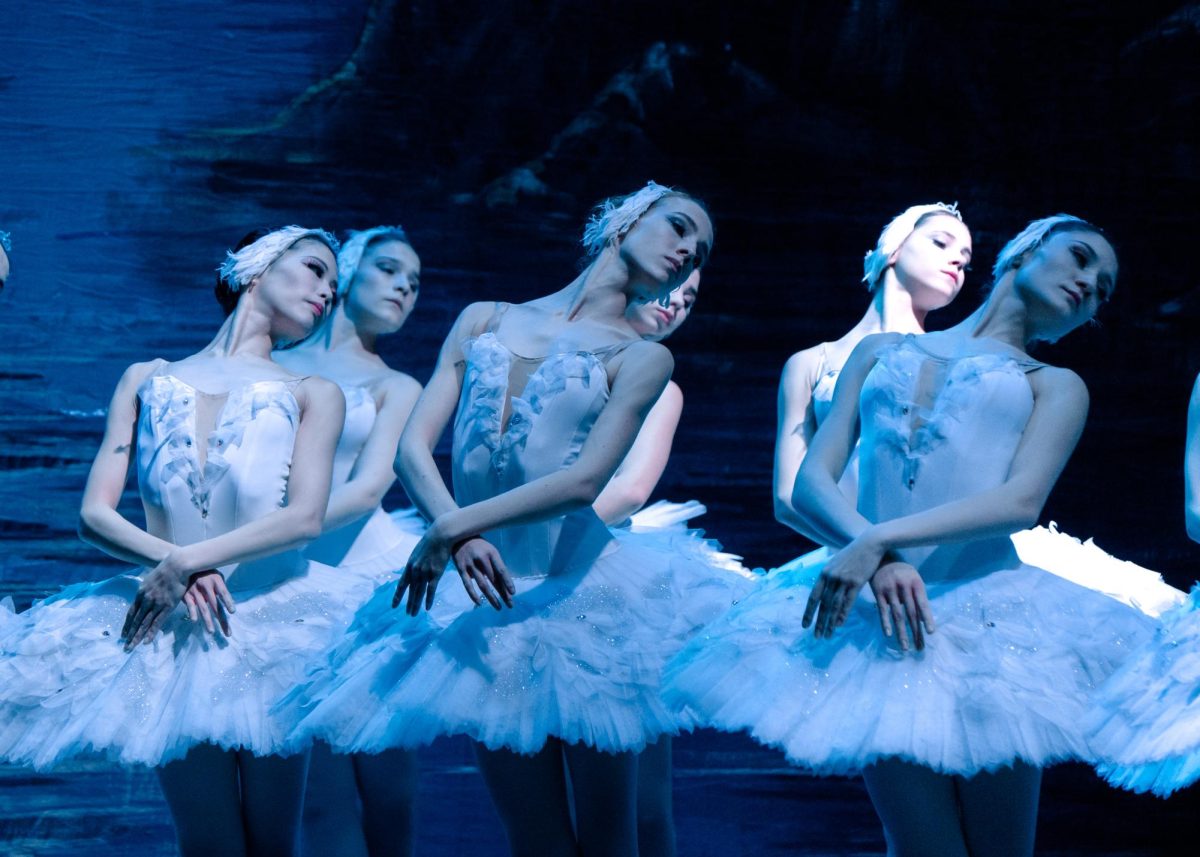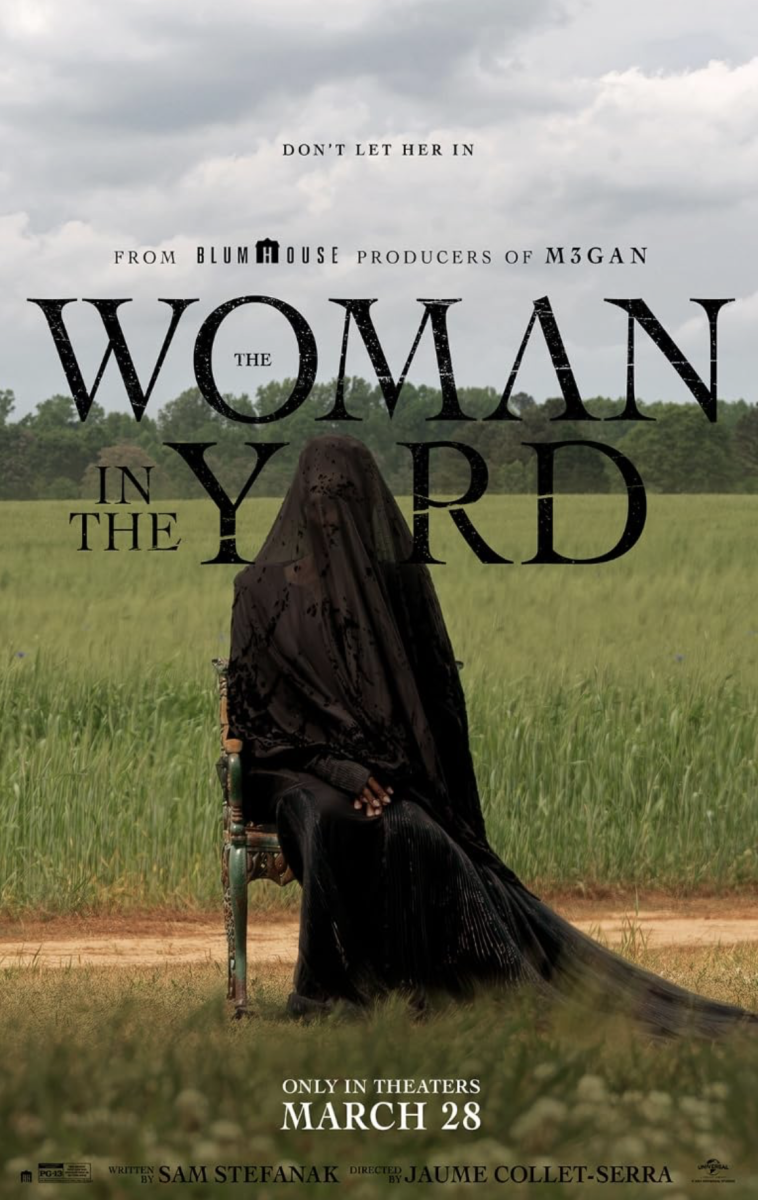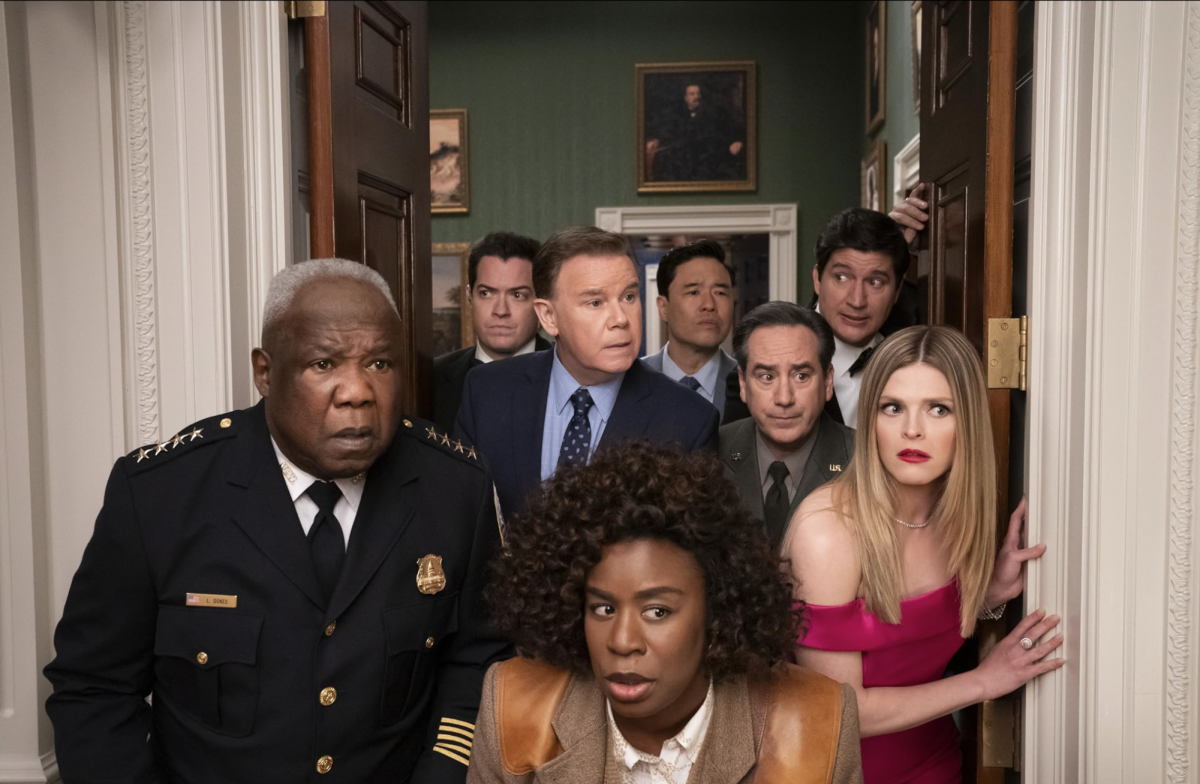Editor's Notes: The following review of the new season of "Breaking Bad" contains spoilers about the next two episodes of season four.
From its very first episode, the Emmy Award-winning drama “Breaking Bad” has been something different. Its pilot instantly joined the ranks of the best in the history of television — an intense, memorable episode bolstered by Bryan Cranston’s career-defining performance. From there, “Breaking Bad” has only gotten better, right through its astonishingly great third season that climaxed with a brutal cliffhanger.
Sunday’s season premiere “Box Cutter” dealt with this cliffhanger, which involved Aaron Paul’s Jesse one trigger-pull away from killing his first man — the innocent, nauseatingly cultured Gale (David Costabile) — so he and Walt (Bryan Cranston) could live. In classic “Breaking Bad” fashion, the episode dragged out the tension to almost comical lengths before the normally calm and collected Gus (Giancarlo Esposito) arrived in his multimillion dollar meth lab and brutally murdered lackey Victor (Jeremiah Bitsui).
If there’s one thing “Breaking Bad” does well, it’s the shocking moment — that “holy shit!” plot twist that leaves the viewer’s mouth agape. Ever since the show put Danny Trejo’s severed head on an exploding turtle, it’s taken almost gleeful joy in contorting the audience’s expectations, drawing conflicts out as long as it possibly can before exploding into a burst of sudden violence. While Victor’s murder doesn’t quite reach the heights of the aforementioned Trejo scene or DEA agent Hank’s (Dean Norris) gunfight with cartel assassins from last season, it’s still one of those signature moments. The ones that cause congregations around the water cooler on Monday mornings.
The next two episodes, which were made available for critics, don’t have any of those mind-blowing moments, but are still obviously the work of masters of the medium. Series creator Vince Gilligan, who cut his teeth on “The X-Files,” has made a definite habit of spacing out big events in the story, letting the space between fill with spectacular acting and mood to spare.
From the pilot episode, Bryan Cranston has been an unstoppable hurricane of acting, blowing away co-stars with ease in every episode. He commands his every scene, and even while Walt scrambles to survive. Cranston performs with a fearless confidence that marks his Walter White as one of the all-time great television anti-heroes.
Not to say the rest of the cast is slacking. Aaron Paul nailed the multitude of monologues Gilligan sent his way last season, and as he recovers from his first murder, he does equally riveting work with significantly less dialogue. Dean Norris, who shone in the early half of Season 3 before being sidelined for its home stretch, is very strong as a bullet-riddled Hank attempts to get back on his feet (literally). Meanwhile, Bob Odenkirk’s smarmy lawyer remains a fountain of hilarious one-liners and Jonathan Banks’ cop-turned-assassin gets a welcome increase in screen time without robbing his character of his dangerous mystique.
And even if the cast was weaker, “Breaking Bad” would still be the prettiest show on television. Director of Photography Michael Slovis has made a habit of coaxing some downright dazzling imagery out of the show’s harsh New Mexico landscape; and Vince Gilligan’s glacial pacing is hypnotic rather than frustrating, keeping audiences hooked with bread crumbs of greater things to come, rather than frustrating them with the fact that there’s not a huge amount of story movement.
With its second season, “Breaking Bad” became the best show on television. With its third, it became a worthy challenger to enter the realm of the all-time bests, up there with the likes of “Deadwood” and “The Wire.” And now, with its fourth, it’s primed to solidify its place among the greats, and it’s only becoming more and more addictive to see what dark, violent places “Breaking Bad” and Walter White will go next.




















